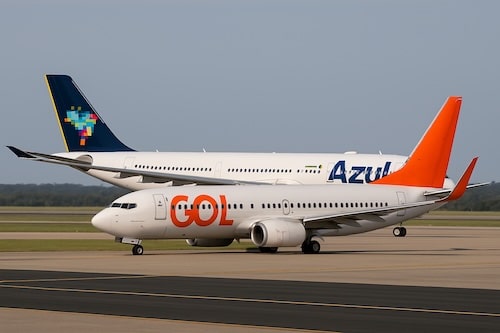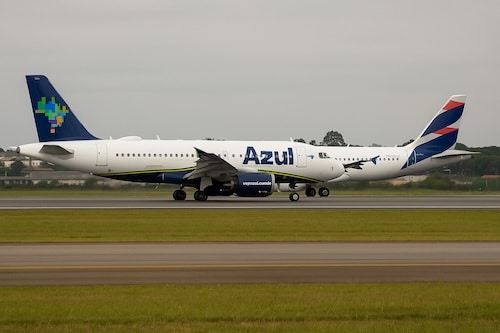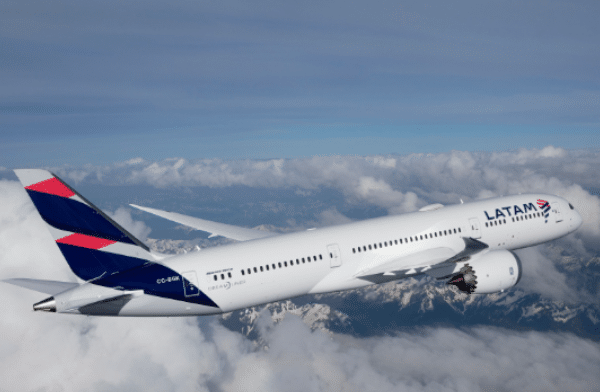
Brazil’s aviation industry is experiencing a powerful international upswing — and the country’s two major private carriers, Azul and GOL Linhas Aéreas, are taking full advantage. Both airlines have reported a strong boost in demand for long-haul travel, especially on routes connecting Brazil with North America and Europe. As global travel continues to rebound, Brazilian carriers are expanding capacity, strengthening networks, and capturing a growing share of international traffic.
A Strong Rebound in Global Demand
Over the past year, Brazil has seen a significant resurgence in international travel. Leisure travelers are returning in force, business traffic is improving, and the country’s connections to major global hubs are expanding. With this renewed demand, airlines are restoring routes, increasing frequencies, and deploying larger aircraft — creating ideal conditions for carriers positioned to grow internationally.
Azul and GOL, traditionally known for their extensive domestic networks, are now experiencing some of the fastest growth in long-haul demand across Latin America. This trend has translated into higher load factors, stronger yields, and a solid revenue jump in recent quarters.
Azul: Accelerating Its International Expansion
Azul has been particularly aggressive in its global expansion strategy. With its fleet of Airbus A330 and A330neo aircraft, the airline has strengthened its presence in the United States and Europe. Routes connecting São Paulo–Campinas (VCP) to Fort Lauderdale, Orlando, Lisbon, and Paris have shown strong performance, benefitting from both leisure and VFR (visiting friends and relatives) demand.
The carrier continues to open new opportunities by leveraging under-served Brazilian markets. Azul’s strategy of serving secondary cities with international connectivity — unique among Latin American airlines — has positioned it well for the current boom.
GOL: Riding the Upswing as Travel Ramps Up
GOL, long the leader in Brazil’s domestic market, is also benefitting from the rise in global demand. While the airline operates a narrow-body fleet, it has strengthened key international routes to destinations such as Miami, Orlando, Buenos Aires, Montevideo, and Bogotá.
Following recent restructuring efforts, GOL is focusing on improving yield and expanding strategic partnerships, including its long-standing cooperation with American Airlines. As outbound Brazilian travel grows, these partnerships give GOL increased access to global connectivity and international markets.
What This Means for Travelers
For travelers flying between the U.S. and Brazil — especially those searching for the best fares and itinerary options — the Azul and GOL expansion is good news:
-
More seats to Brazil → more competitive pricing
-
More nonstop options from multiple U.S. gateways
-
More opportunities to earn and redeem miles
-
Better connectivity to Brazilian destinations beyond São Paulo and Rio
As capacity grows, travelers can expect greater availability during peak seasons and potentially more promotions across the São Paulo, Campinas, Rio de Janeiro, Belo Horizonte, and Northeast Brazil markets.
A Positive Trend for Brazil-Bound Travel
The surge in international demand reflects a broader trend: Brazil continues to strengthen its position as one of the most important travel markets in the Americas. For passengers, this means more choice, more convenience, and better opportunities to travel between Brazil and the rest of the world.
At BrazilianAirlines.com, we continue to monitor Brazilian aviation closely — including new routes, expanded frequencies, and fare trends — to help travelers find the best flights to Brazil at the best value.



